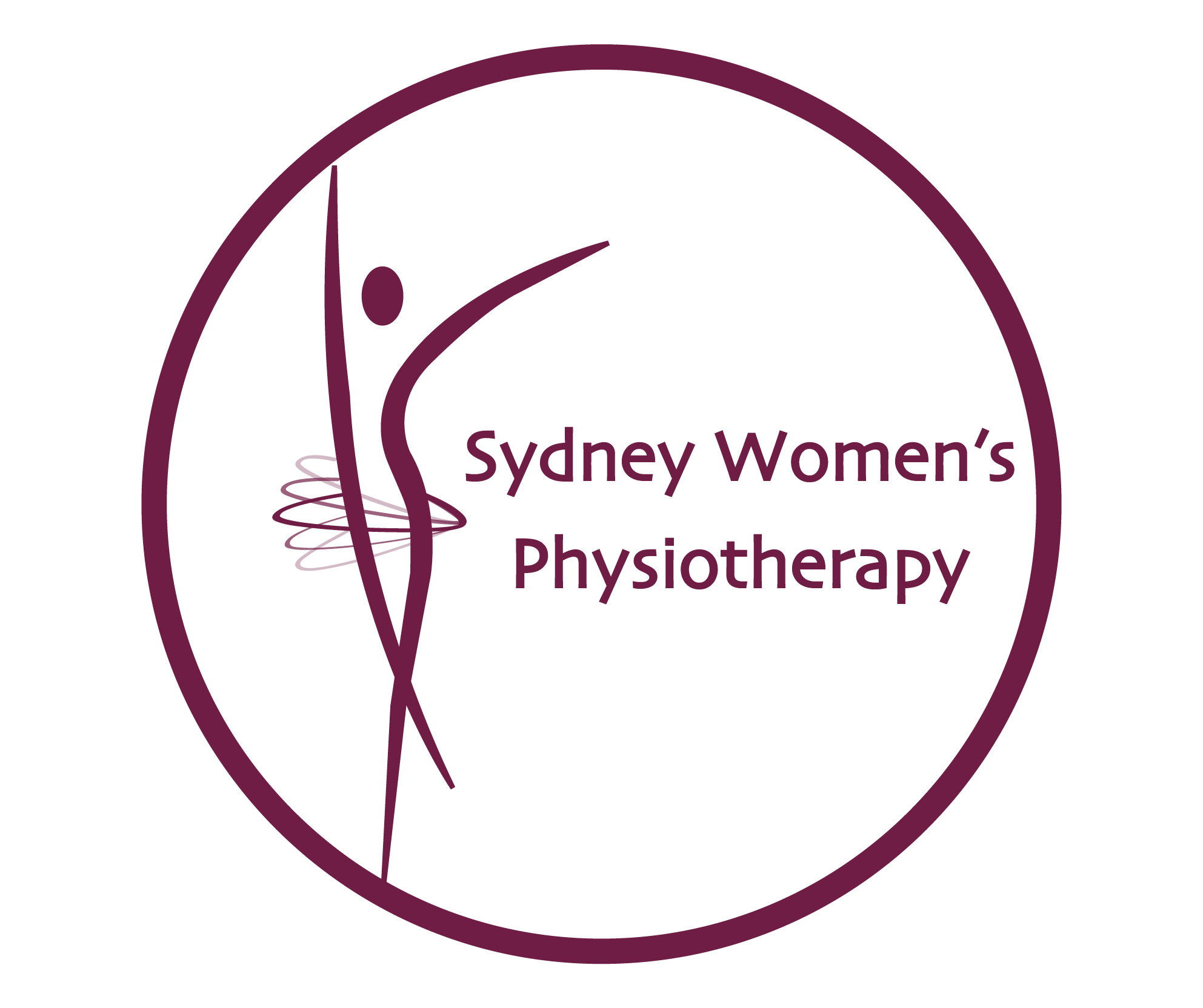Prostate cancer is estimated to be the 2nd most commonly diagnosed cancer in Australia and is the most common cancer amongst males.
How is prostate cancer diagnosed:
- Transrectal ultrasound and prostate biopsies (gold standard)
- PSA level
- Other tests: Prostate mpMRI, digital rectal examination, others
Curative treatment involves radical prostatectomy and radiotherapy. Non-curative treatment involves androgen deprivation therapy, chemotherapy, immunotherapy, palliative radiotherapy. Beyond medical intervention, it is important to consider the psychological, relationship and social implications of cancer treatment. It is important to have a support network and team to support you through treatment as it can be an overwhelming process
What is radical prostatectomy?
Radical prostatectomy is a surgical procedure involving removing the prostate gland completely, with aims to remove the cancer before it spreads. Additional aims are to preserve sexual function and urinary continence. There are two different approaches – an open approach involving an incision in your lower abdomen to access the prostate or a robotic approach involving several small ports in the abdomen to access the prostate using very small surgical arms and tools.
Physiotherapy management PRE-prostatectomy
Goals of pre-prostatectomy physiotherapy:
- History taking to establish baseline bladder, bowel and sexual function as well as lifestyle, physical activity and comorbidities
- Understand how to contract your pelvic floor muscles and establish pelvic floor muscles baseline function before surgery
- Work on any concurrent concerns (e.g. bladder, bowels dysfunction, pelvic pain) before surgery
- Improve baseline strength and correct movement patterns that may increase intra-abdominal pressure
- Understand what to expect for the operation and post-operative recovery
- How to prepare for recovery post-operatively with continence products and prevention of constipation post-op
- Education about safe general exercise post-op
Physiotherapy management POST-prostatectomy
Physiotherapy commences once the catheter is removed. Aims for post-operative management:
- Pelvic floor muscle training program
- Management of post-op urinary incontinence, erectile dysfunction and constipation if present
- Guidance and management of penile tissues with Penile pump therapy / medication coordination with urologist
- Guidance and manage of incontinence with penile clamp therapy
Screening for post-op urinary tract infections and urinary retention
- Optimise bladder and bowel function
- Commencement of Strengthening exercise to manage intra-abdominal pressure
- Assist with return to work, physical activity, and exercise, in terms of pacing and monitoring of urinary concerns that may impact urinary control
- Psychological support

